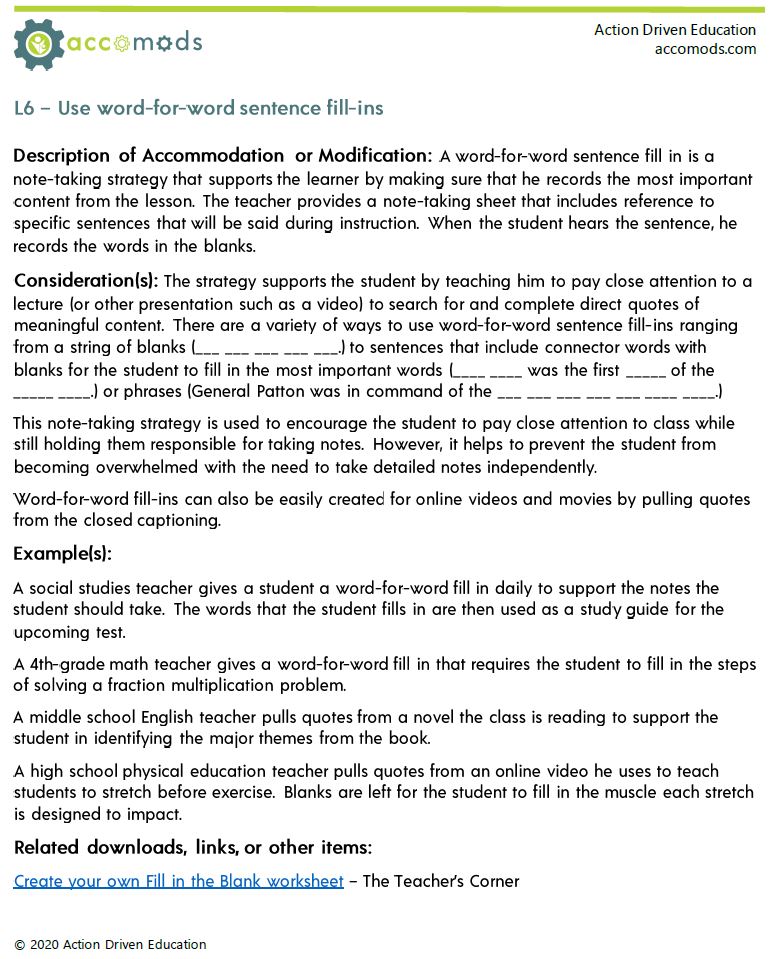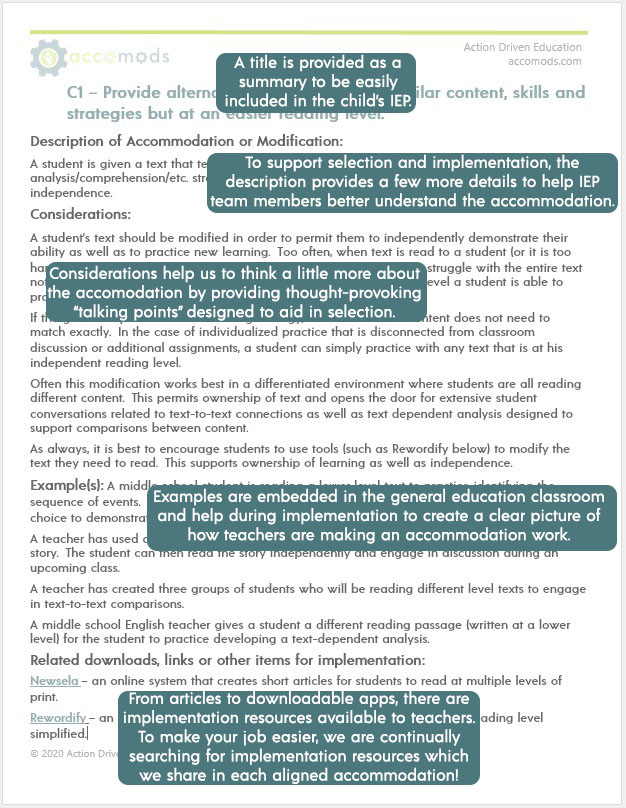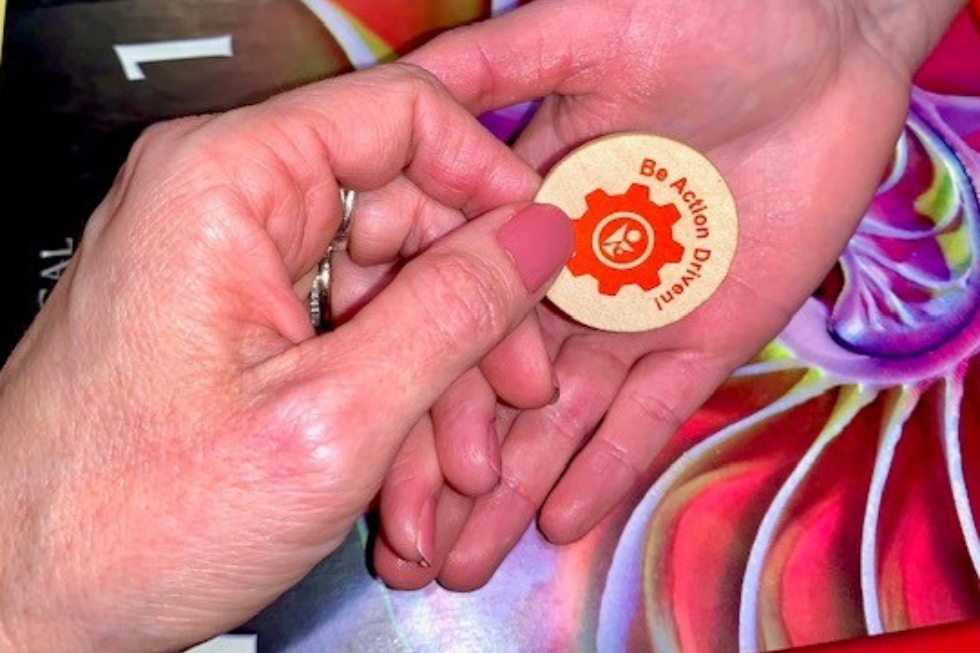
The Root of Discrimination

The Context: An Even Playing Field
Action Driven Education stands to empower children with disabilities. We believe that the vehicle to this empowerment comes through a diversity of educational opportunities and dignified respect and appreciation for individual differences. None of us are the same, and through this fact comes our collective strength. Our world needs to explore our biases, whether it’s learning bias in our classrooms or racial bias on our streets. At Action Driven Education, we are committed to empowering the individual differences that make us, us!
As I write this entry, June 1, 2020, the streets of our country are filled with protests. Voices demanding to be heard as they try to vocalize how discrimination is tearing their world apart. In my heart, I would like to believe that the policies, procedures, and practices that cause this discrimination weren’t intentional. However, my own experiences on a slightly different front tell me otherwise.
The Story: My Observations of Discrimination
As a special education teacher and administrator, I have seen discrimination firsthand. I’ve watched as policies, procedures, and practices marginalized children with disabilities. Unfortunately, I have conversed with people who believed that policies should be developed to prevent a child with a disability from becoming class valedictorian, that the use of accommodations and modifications, which are designed to empower a child around their disability, should prevent a child from being able to earn a grade higher than a “C,” or that a child with a disability shouldn’t be permitted to belong in their own public school.
As I reflect on the countless conversations of this nature in which I have participated, I have identified that, in every case, the general point of the discussion always boiled down to something being “fair” compared to another child or group of children. What a tough statement. It’s strangely ironic that “fairness” is what we are working toward, yet the argument against it is “fairness.” How is that even possible?
This puzzle is possible because we lose sight of the outcome. The outcome of education is supposed to be the “fair” opportunity for each child to acquire the knowledge and skills they will need to become an independent, happy, and productive member of our society. The outcome is NOT for a child to receive a higher “grade” or “advantage” over another so as to be able to compare one to another. In this comparison or drive for competition among one another, we create an environment where discrimination can flourish.
The Point: The Root of Discrimination
I’m not an expert on racism and can’t begin to grasp the scope and reach of the social change we need in order to make our society “fair” for everyone. However, given my experiences, I am confident that we need to reevaluate the intended outcomes of the policies, procedures, and practices our society has enacted in the name of “fairness.”
Be Action Driven: Things To Do
- Watch the movie “The Best of Enemies” to explore how racism and segregation were impacted by a small act of kindness toward a child with a disability.
- Explore the world in which you live and the areas of expertise you possess. Are there policies, practices, and procedures with which you’re most familiar that were designed to give one individual and advantage over the other in a competitive nature? If so, consider ways to change that by looking to adjust the outcome goal.
- We can’t all be experts or always fully understand the challenges faced by others. However, we can use what we know best to explore and develop a better picture of those challenges. Discrimination is all around us, and in some ways, we may all be contributing. Consider your world and some differences that may lead to discrimination such as race, economic status, disability, sexual orientation, age, and others. What understanding can you gain by considering the world you know best? Apply your knowledge of the biases you may hold to world events so that you can develop a better understanding. Then, once you have done so, make a change in your world. Reduction in discrimination at any level changes all discrimination.












